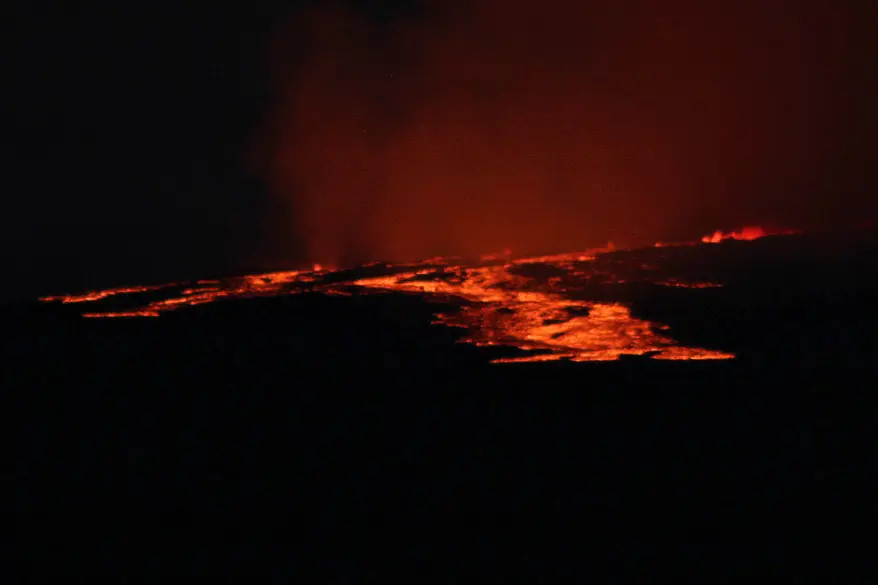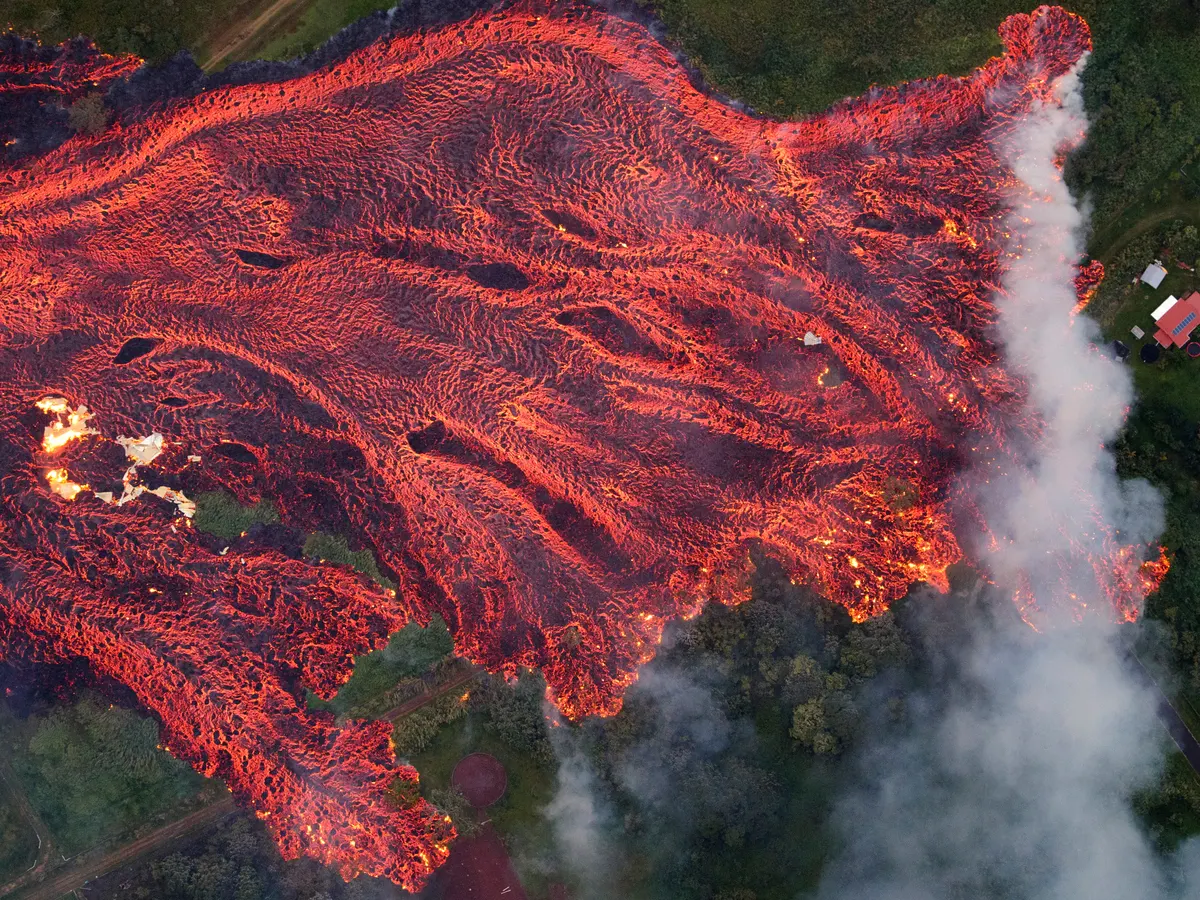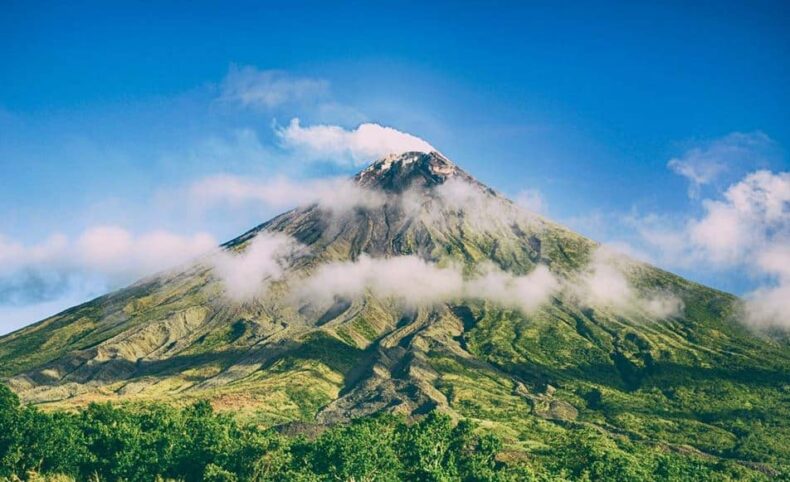The world’s largest active volcano, Mauna Loa, erupted on Sunday, after 38 years. Although the majority of the lava flow is contained within the area, locals have been alerted and previously warned of the possibility of falling ash. Emergency authorities said there had been no evacuation orders issued and it is unlikely that inhabited areas would be affected at this time.

The largest active volcano in the world, Mauna Loa, in Hawaii, started erupting on Sunday, for the first time since 1984, breaking its longest stretch of quietness. No villages or residences are currently in danger from the lava, and there are no evacuation orders in effect according to the officials. Although the majority of the lava flow is contained within the area, locals have been alerted and previously warned of the possibility of falling ash.
The majority of the eruption is now taking place in Mauna Loa’s North East Rift Zone, where lava is erupting from at least one volcanic break, according to the US Geological Survey. As lava moves downward, it may ultimately reach neighborhoods, but it could take a week or more for molten rock to get there.
Mauna Lao’s location
The Big Island of Hawaii which is the southernmost island in the Hawaiian archipelago is made up of five volcanoes, including Mauna Loa. Although Mauna Kea has a record for being the tallest mountain, Mauna Loa is the largest. Half of Hawaii’s Big Island is covered by it,

which is situated inside Hawaii Volcanoes National Park. The volcano is almost 2,000 square miles in size and reaches 13,679 feet (4,169 meters) above sea level (5,179 sq km). It is a shield volcano and the magma from Mauna Loa is frequently hotter, drier, and more fluid. This enables the magma’s gas to escape and the lava to flow down the volcano’s slope
Eruption of Kilauea
Hawaii is renowned for being a serene retreat with stunning scenery and a laid-back island lifestyle. Despite the fact that most people associate Hawaii with tourism, it is also the place where some of nature’s most breathtaking and unstable creations may be found.
Hualalai, Kilauea, Kohala, Mauna Kea, and Mauna Loa are the five volcanoes that make up the island of Hawaii, the biggest in the Hawaiian island chain. Since September 2021, Kilauea, a smaller volcano on Mauna Loa’s southeast flank, has been erupting, although the lava is confined to its crater. Over 700 houses were destroyed by lava during an eruption of Kilauea in 2018.

Tourists eager to watch the molten flows are expected to flock to the unique dual-eruption event of Mauna Loa and Kilauea. Despite being only 21 miles apart, the two volcanoes haven’t erupted at the same time since Mauna Loa’s last eruption took place in 1984.
Although state health officials issued a warning regarding potential effects on air quality, both, according to the park, are not now a hazard to surrounding houses or infrastructure. According to the Hawaii Center for Volcanology, despite the fact that Kilauea is more active than Mauna Loa, it normally presents a lower risk due to its smaller size and the smaller, slower-moving lava flows that typically accompany it.
Read also: China’s Covid protest taking a brutal turn













